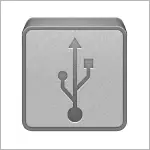
This instruction was written relatively long ago and at the moment (2016) is not entirely relevant. If you are interested in other ways to create boot and multi-load flash drives, I recommend this material: the best programs for creating a boot and multi-load flash drive.
What will be required to create a multi-load flash drive
There are various options for creating a multi-load flash drive. Moreover, you can download a ready-made carrier image with many download options. But in this instruction, we will do everything manually.Directly for the preparation of the flash drive and the subsequent recording on it the necessary files will use the WinSetupFromusB program (version 1.0 Beta 6). There are other versions of this program, but I most like this is exactly the specified, and therefore an example of creating I will show it in it.
The following distributions will also be used:
- ISO image of the Windows 7 distribution (you can also use Windows 8)
- ISO image of a Windows XP distribution
- ISO disk image with RBCD 8.0 recovery utilities (taken from torrent, for my personal use of computer aid suits best)
In addition, the flash drive itself will be needed and the flash drive itself, from which we will do a multi-loading: such that everything that is required to be placed on it. In my case, it is enough 16 GB.
Update 2016: more detailed (compared to the fact that below) and the new instruction on using the WinsetUpFromusB program.
Preparation of flash drive
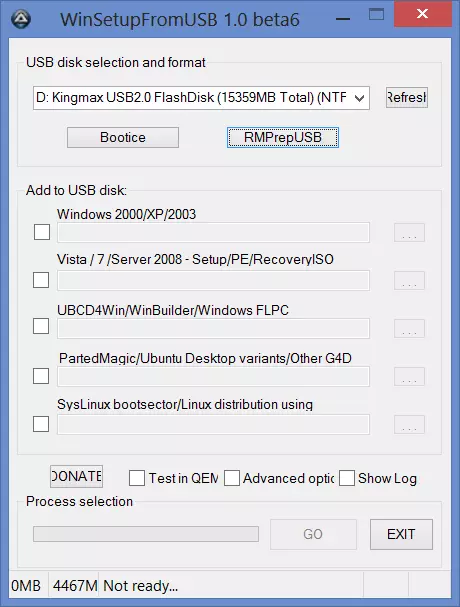
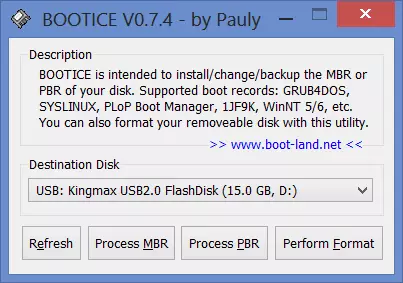
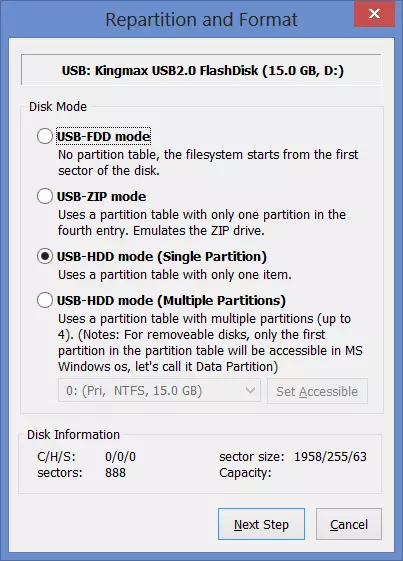
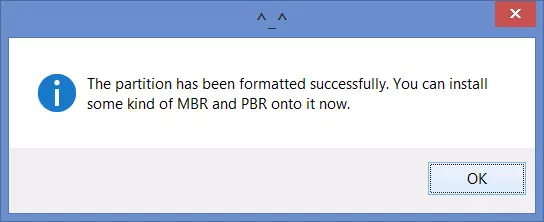
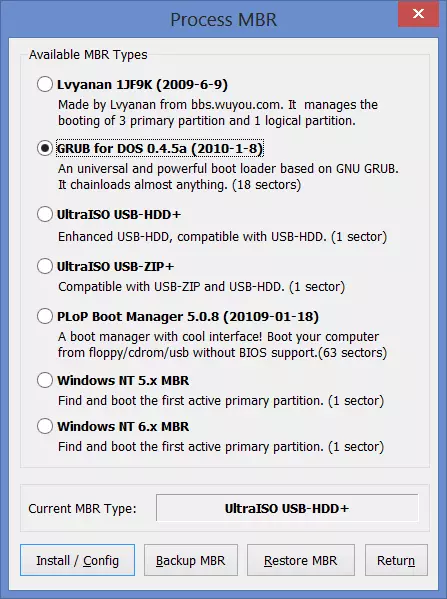
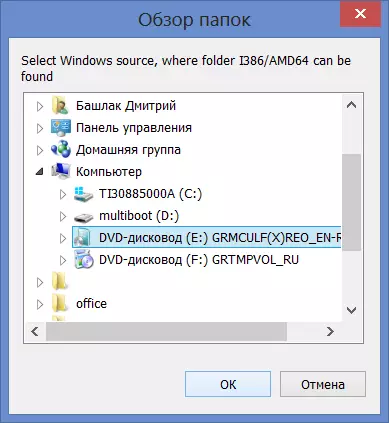
For a LiveCD disk, you do not need to specify anything. In my case, it uses the G4D bootloader, and therefore in the PartedMagic / Ubuntu Desktop Variants / Other G4D field simply specify the path to the .iso file
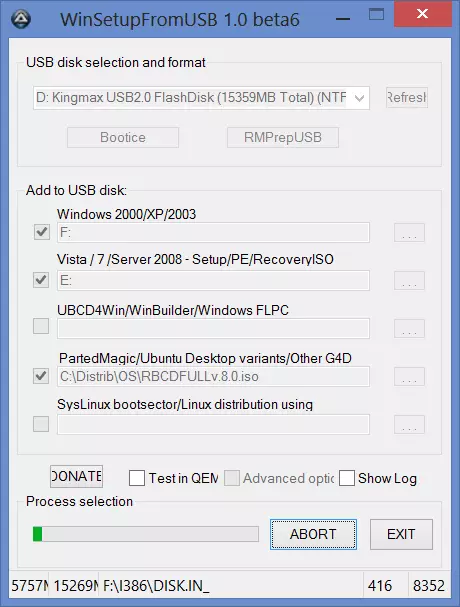
Upon completion of the copying, the program issues some kind of license agreement ... I always refuse, because In my opinion it is not related to the flash drive just created.
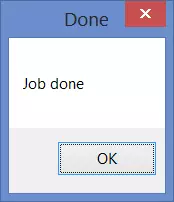
And here is the result - Job Done. Multi-load flash drive is ready to use. For the remaining 9 gigabytes, I usually write up everything else that I need to work - codecs, Driver Pack Solution, sets of free programs and other information. As a result, for most tasks, for which I am quite sufficient to this single flash drive, but for solidity I, of course, take a backpack with myself, in which there are screwdrivers, thermal paste, unlocked 3G USB modem, a set of CDs for various goals and other reasons. Sometimes they are impressed.
You can read about how to install the download from the flash drive in the BIOS in this article.
